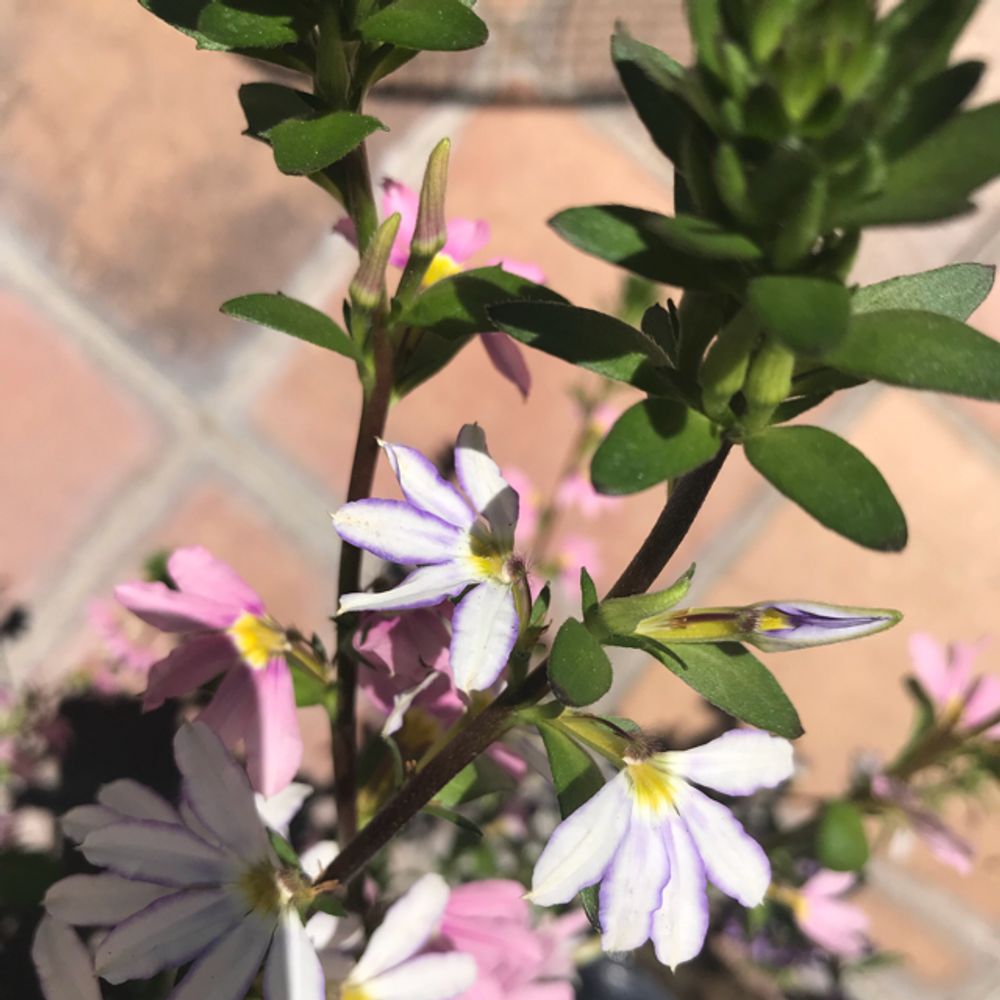Lobelia
(Lobelia)

Description
Lobelia is a genus of flowering plants belonging to the family Campanulaceae. It comprises more than 400 species of annual and perennial herbaceous plants, found mostly in temperate and tropical regions of the world. Lobelias are highly valued for their showy flowers, which come in a range of colors, from vibrant blues and purples to pinks, whites, and reds. They are commonly used in gardens, containers, and hanging baskets, as well as in traditional medicine and as ornamental plants. Taxonomy and Nomenclature: The genus Lobelia was named after the Flemish botanist Mathias de l'Obel (1538–1616) and comprises both annual and perennial herbaceous plants. The name "lobelia" is derived from the Latin word lobus, which means "lobe," referring to the shape of the plant's leaves. The genus Lobelia belongs to the family Campanulaceae, which includes other well-known plants such as bellflowers and harebells. Physical Characteristics: Lobelias are generally small to medium-sized plants that grow up to 3 feet tall, although some species can grow taller. They have simple leaves that are often alternate and can be either toothed or smooth-edged. The leaves are typically lance-shaped or oblong, with prominent veins and a smooth texture. The flowers of lobelia plants are typically tubular or bell-shaped and come in a range of colors, including blue, purple, pink, white, and red. The flowers are often arranged in terminal spikes or racemes and are highly attractive to hummingbirds and other pollinators. Habitat and Distribution: Lobelia plants are found in a wide range of habitats, from moist meadows and streambanks to rocky cliffs and sand dunes. They are native to both tropical and temperate regions of the world, including Africa, Asia, North America, and South America. Some species are widespread and can be found in many different habitats, while others are restricted to specific regions or ecosystems. Cultivation and Propagation: Lobelias are relatively easy to grow and are often used in gardens, containers, and hanging baskets. They prefer moist, well-drained soil and full sun to partial shade. Lobelias can be propagated from seed or by division in the spring or fall. To propagate by seed, sow the seeds in a well-drained potting mix and keep the soil moist until the seeds germinate. Once the seedlings have developed their first set of true leaves, they can be transplanted into individual pots or directly into the garden. Uses: Lobelia plants have a long history of medicinal use in many traditional systems of medicine. The plant contains alkaloids that have been used to treat a range of conditions, including asthma, bronchitis, and other respiratory disorders. Lobelia is also used as a muscle relaxant and has been used to relieve muscle spasms and cramps. In addition to its medicinal uses, lobelia is also widely used as an ornamental plant, both in gardens and as a cut flower. Cultural Significance: Lobelia plants have played an important role in the cultural history of many indigenous peoples around the world. For example, the Cherokee and other Native American tribes used lobelia as a medicinal plant to treat a variety of ailments. In Africa, lobelia is used as a charm to ward off evil spirits, while in China, the plant is associated with longevity and good fortune. Conclusion: Lobelia plants are a diverse group of flowering plants that are highly valued for their showy flowers, medicinal properties, and cultural significance. With their attractive blooms and easy cultivation requirements, lobelias are a popular choice for gardens, containers, and hanging baskets.
Taxonomic tree:







